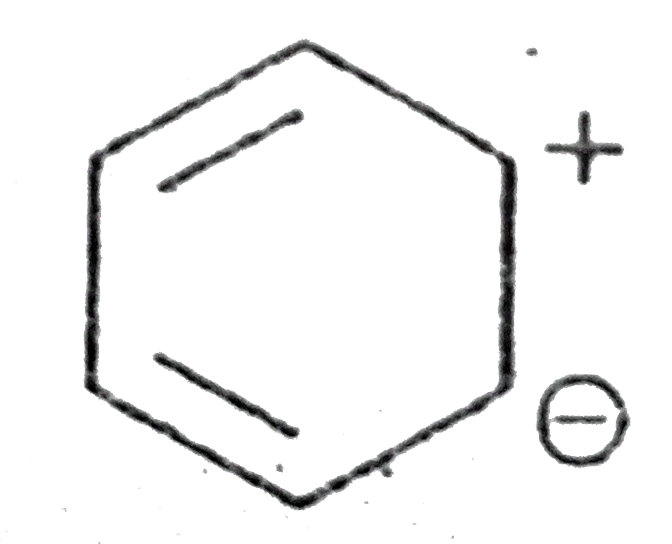In the type of reaction called .........two compounds exchange their positive and negative radicals.
Step-by-Step Solution:
1. Understanding the Reaction Type: The question asks about a type of reaction where two compounds exchange their positive and negative radicals. This type of reaction is known as a double displacement reaction.
2. Definition of Double Displacement Reaction: In a double displacement reaction, the cations (positive ions) and anions (negative ions) of two different compounds switch places, forming two new compounds.
3. Example of Double Displacement Reaction: To illustrate this, consider the reaction between barium chloride (BaCl2) and sodium sulfate (Na2SO4):
- Reactants: BaCl2 + Na2SO4
- In this reaction, the barium ion (Ba²⁺) from barium chloride exchanges places with the sodium ion (Na⁺) from sodium sulfate.
4. Formation of Products: The products formed from this reaction are sodium chloride (NaCl) and barium sulfate (BaSO4):
- Products: NaCl + BaSO4
- Here, Ba²⁺ is now combined with SO4²⁻ (sulfate ion) and Na⁺ is combined with Cl⁻ (chloride ion).
5. Balancing the Reaction: The reaction can be balanced by ensuring that the number of each type of atom is the same on both sides. In this case, we need to place a coefficient of 2 in front of NaCl to balance the sodium and chloride ions:
- Balanced Equation: BaCl2 + Na2SO4 → 2NaCl + BaSO4
6. Conclusion: Thus, the type of reaction where two compounds exchange their positive and negative radicals is called a double displacement reaction.
---
- Reactants: BaCl2 + Na2SO4
- In this reaction, the barium ion (Ba²⁺) from barium chloride exchanges places with the sodium ion (Na⁺) from sodium sulfate.
- Products: NaCl + BaSO4
- Here, Ba²⁺ is now combined with SO4²⁻ (sulfate ion) and Na⁺ is combined with Cl⁻ (chloride ion).
- Balanced Equation: BaCl2 + Na2SO4 → 2NaCl + BaSO4
Topper's Solved these Questions
- CHEMICAL CHANGES AND REACTIONSBOOK - ICSECHAPTER - CHEMICAL CHANGES AND REACTIONSEXERCISE - EXERCISE 2(C)
30 Videos
- CHEMICAL CHANGES AND REACTIONSBOOK - ICSECHAPTER - CHEMICAL CHANGES AND REACTIONSEXERCISE - EXERCISE 2(C)
30 Videos
- ATOMIC STRUCTURE AND CHEMICAL BONDINGBOOK - ICSECHAPTER - ATOMIC STRUCTURE AND CHEMICAL BONDINGEXERCISE - EXERCISE 4(D)
21 Videos
- ICSE EXAMINATION PAPER 2020 BOOK - ICSECHAPTER - ICSE EXAMINATION PAPER 2020 EXERCISE - Section-I
11 Videos
Similar Questions
Knowledge Check
Assertion : Order of a reaction with respect to any reactant can be zero, positive negative of fractional.
Reason : Rate of a reaction cannot decrease with increase in concentration of a reactant or a product.AIf both assertion and reason are true and reason is the correct explanation of assertion.BIf both assertion and reason are true but reason is not the correct explanation of assertion.CIf assertion is true but reason is false.DIf both assertion and reason are false.
Which type of reactions are called oxidation reactions?
View SolutionIn the given compound, hybridization of the Carbon atom with positive and negative charge are

View SolutionGive any two examples of each type of liquid solutions showing positive and negative deviations.
View SolutionWrite two rational numbers with positive numerator and negative denominator.
View SolutionWrite the negation of the following compound statement: Square of an integer is positive or negative.
View SolutionWhat type of functional groups are present in cation exchange resins?
View SolutionFor the following compound statement, first identify the connective word and then break it into component statements.
Square of an integer is positive or negative.
View Solution
